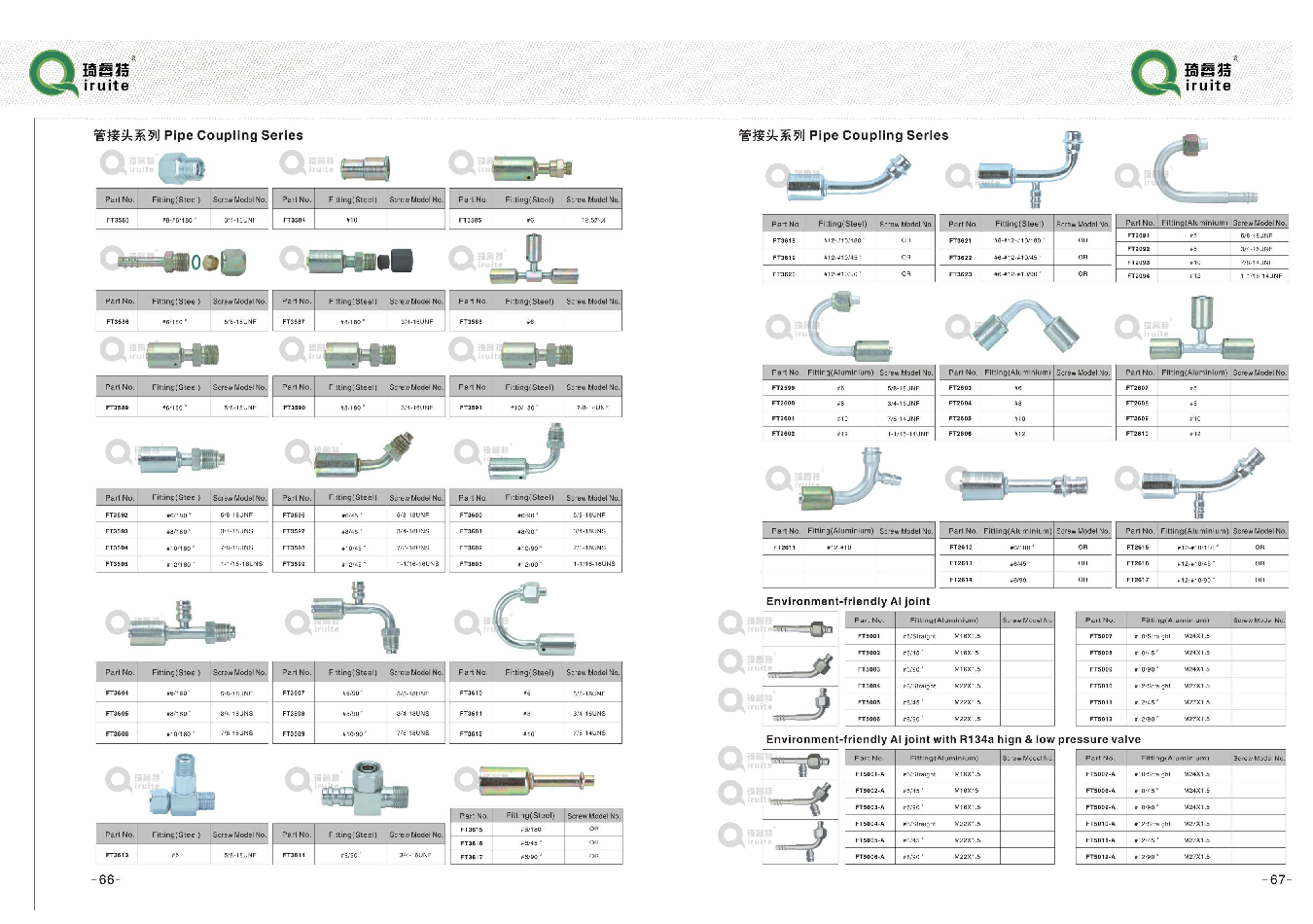r134a refrigerant recharge hose
Understanding R134A Refrigerant Recharge Hoses
In the world of automotive maintenance and repair, the importance of refrigerants in air conditioning systems cannot be overstated. R134A is a common refrigerant used in many vehicles, particularly those manufactured after the mid-1990s until the adoption of newer refrigerants like R1234yf. As vehicles age, the need for recharging the air conditioning system may arise, and this process begins with understanding the tools involved, particularly the R134A refrigerant recharge hose.
The R134A refrigerant recharge hose is a vital tool that allows mechanics and car owners to add refrigerant to the air conditioning system. Typically, these hoses come equipped with specific fittings that match the service ports of the R134A system, ensuring a secure connection. The general design includes a flexible hose, a pressure gauge, and a trigger or valve to control the flow of refrigerant.
Components of the Recharge Hose
1. Hose Material R134A recharge hoses are usually made from durable materials that can withstand the pressures involved in refrigerant transfer. They are designed to prevent leaks and hold up under various environmental conditions.
2. Pressure Gauge Most recharge hoses have a built-in pressure gauge that allows users to monitor the pressure in the system. Maintaining the correct pressure is crucial for the efficient functioning of the air conditioning unit. Overcharging or undercharging the system can lead to cooling issues or even damage.
3. Quick-Connect Fitting The hose is equipped with a quick-connect fitting that makes attaching and detaching from the refrigerant source easy. This feature is particularly useful for those who may not have extensive experience with HVAC systems.
r134a refrigerant recharge hose

The Recharge Process
Recharging an air conditioning system requires a few simple steps. First, identify the low-pressure service port, which is typically located on the larger of the two hoses connected to the A/C compressor. Once the service port is located, attach the R134A recharge hose, ensuring a snug fit to prevent any refrigerant leaks.
Next, check the pressure reading on the gauge. The ideal operating pressure can vary based on the specific vehicle and outside temperature, so it’s important to refer to the vehicle’s service manual for accurate readings. If the pressure is low, the next step is to open the valve on the recharge hose, allowing the R134A refrigerant to flow into the system.
Safety Considerations
When working with refrigerants, safety should always be a priority. Always wear gloves and safety goggles, as refrigerants can cause skin irritation or other health issues. Additionally, ensure that the work area is well-ventilated, and never exceed the recommended amount of refrigerant to avoid system damage.
Conclusion
In summary, understanding the R134A refrigerant recharge hose is essential for maintaining an efficient automotive air conditioning system. With the right tools and knowledge, car owners can ensure that their vehicles remain cool and comfortable, regardless of the outside temperature. Proper maintenance of the A/C system will not only enhance comfort but also prolong the life of the vehicle’s components.
-
Ultimate Spiral Protection for Hoses & CablesNewsJun.26,2025
-
The Ultimate Quick-Connect Solutions for Every NeedNewsJun.26,2025
-
SAE J1401 Brake Hose: Reliable Choice for Safe BrakingNewsJun.26,2025
-
Reliable J2064 A/C Hoses for Real-World Cooling NeedsNewsJun.26,2025
-
Heavy-Duty Sewer Jetting Hoses Built to LastNewsJun.26,2025
-
Fix Power Steering Tube Leaks Fast – Durable & Affordable SolutionNewsJun.26,2025

